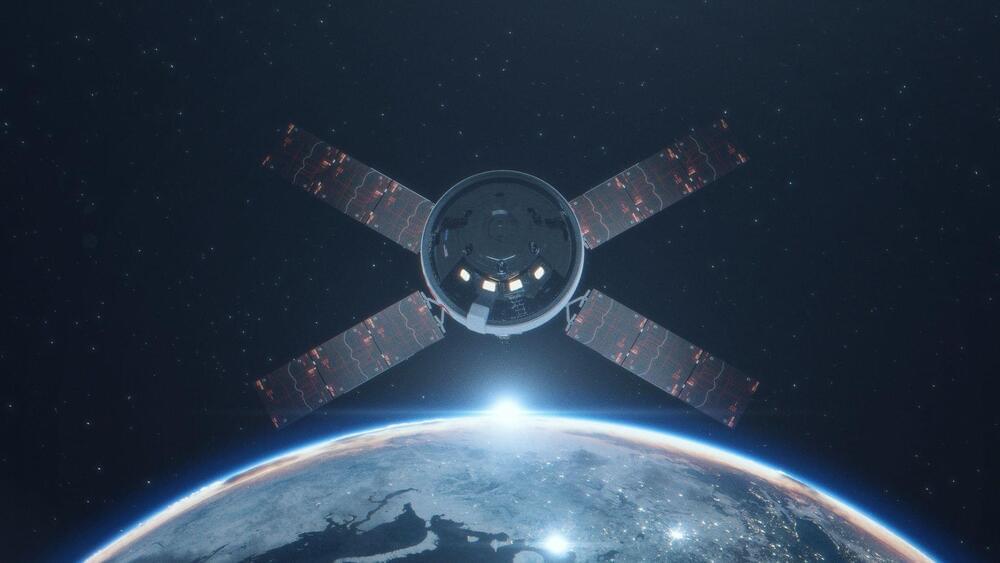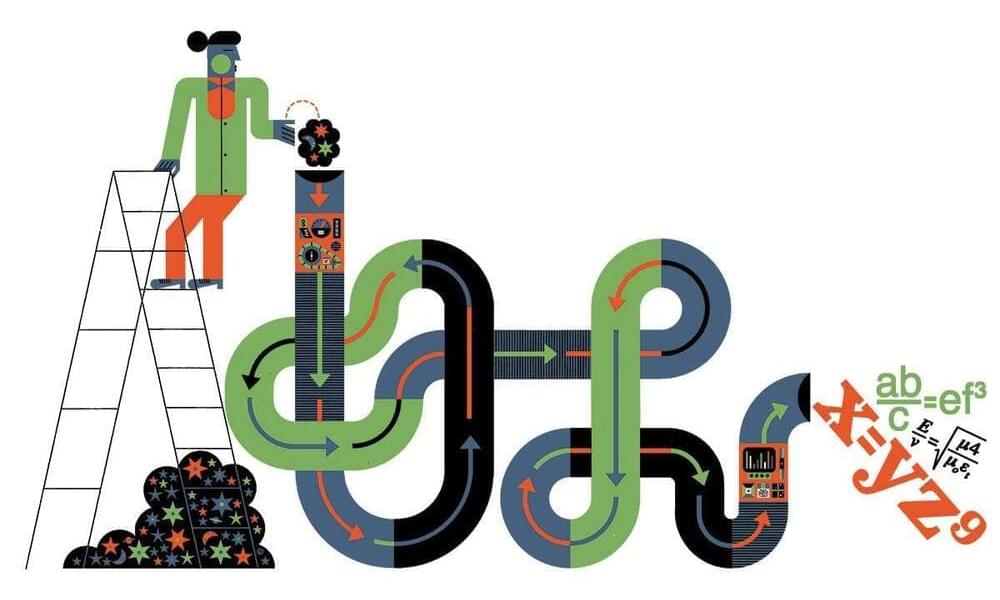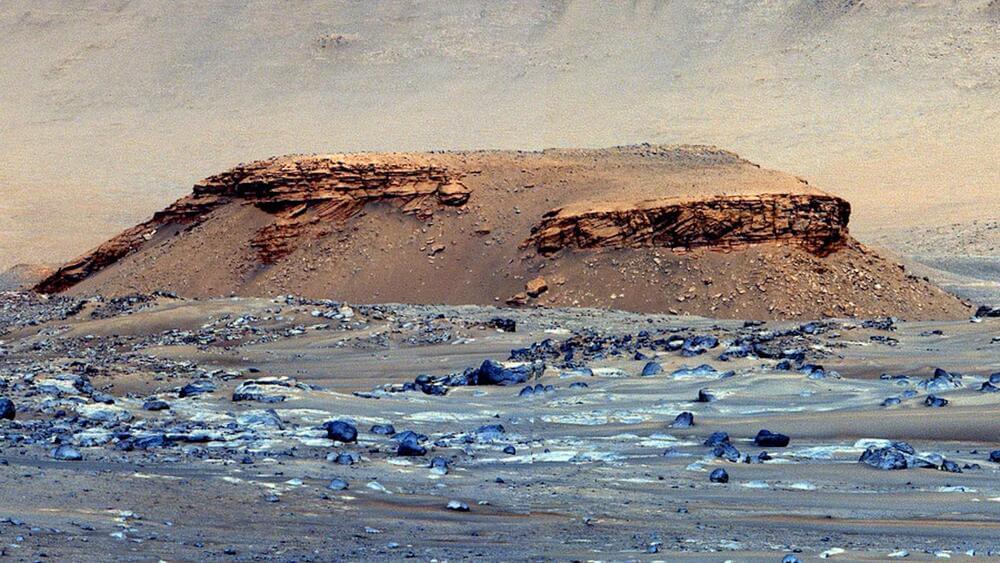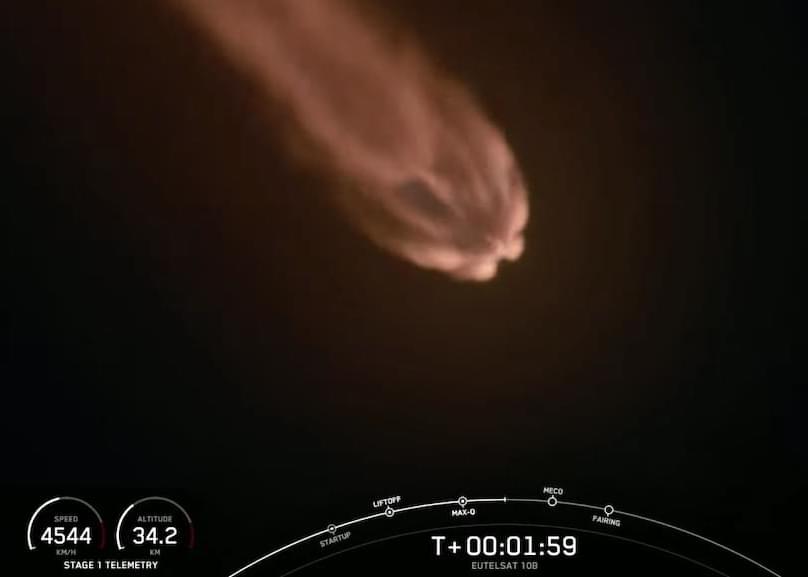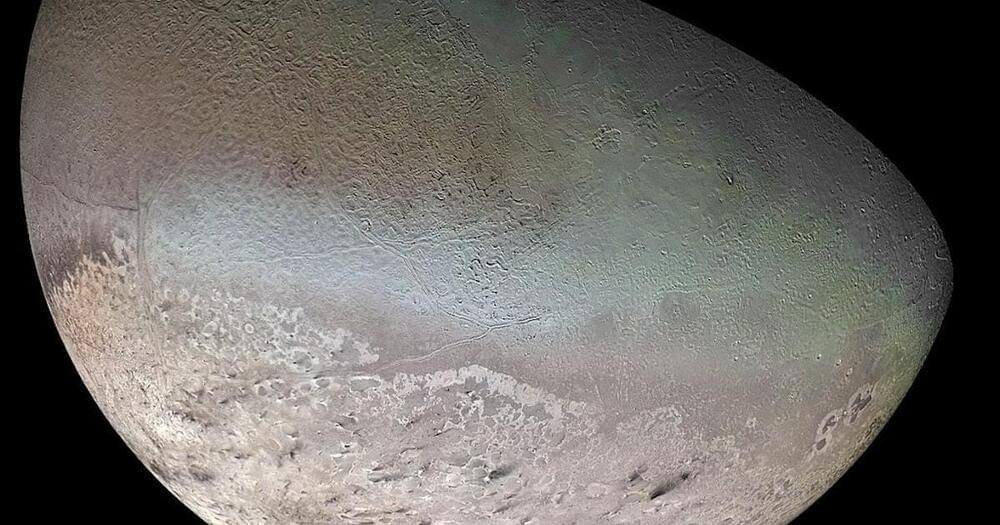“Houston, we have a new record.”
NASA’s Artemis I Orion capsule broke a new spaceflight record. The uncrewed Orion reached a distance from Earth of 249,666 miles (from 401,798 kilometers) on Saturday, November 26, at 10:17 am. ET, meaning it surpassed a record set by Apollo 13 in 1970 for the furthest distance traveled from Earth by a spacecraft designed to carry humans.
NASA’s Orion spacecraft broke a massive record.
The previous record was set by Apollo 13’s crewed Odyssey command module in 1970 when it traveled 248,655 miles (400,171 kilometers) from Earth. Orion crossed that threshold at 8:40 am. ET on November 26 before going on to extend the record.
NASA/Liam Yanulis.
The uncrewed Orion reached a distance from Earth of 249,666 miles (from 401,798 kilometers) on Saturday, November 26, at 10:17 am. ET, meaning it surpassed a record set by Apollo 13 in 1970 for the furthest distance traveled from Earth by a spacecraft designed to carry humans.
